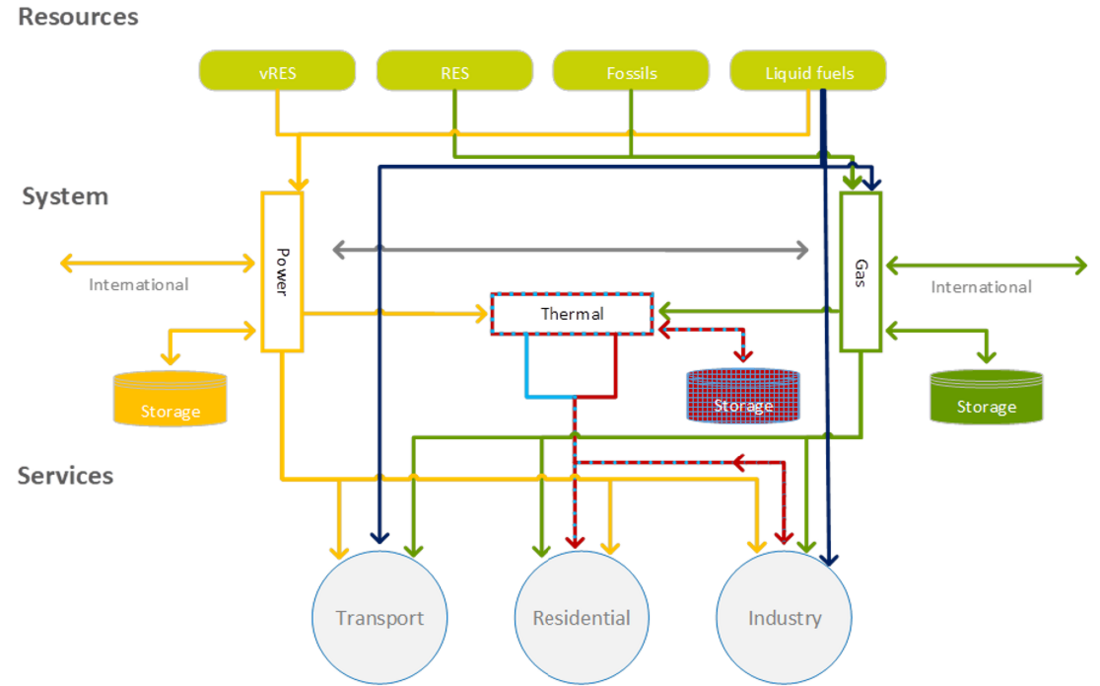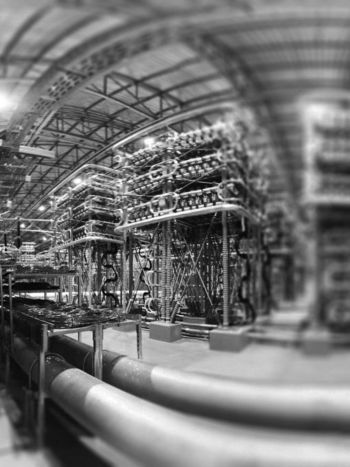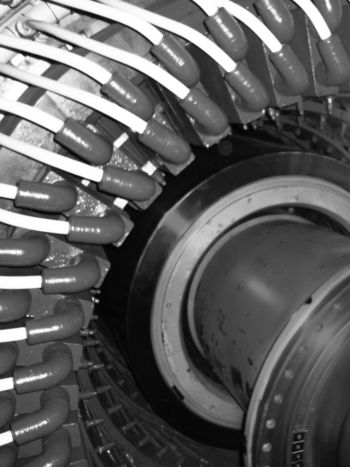Multi-energy system interactions in distribution grid
Multi-energy systems couple various energy sectors and networks such as electricity, gas, heating, cooling, transport, water, waste, etc. to unlock energy flexibility and provisions for cost-effective operation while realizing low-carbon smart electricity grids. These systems are the key for generating new types of energy flexibility as well as techno-economic and environmental opportunities for the future complex energy system.
Members
Convenor
(DK)
B. BAK-JENSEN
Secretary
(DK)
J. PILLAI
B. ASADZADEH (IR), A. BAITCH (AU), R. BELHOMME (FR), M. BRAUN (DE), T. CAPUDER (HR), E. CESENA (UK), S. CHEN (US), A. COELHO (PT), C. DE BEER (UK), G. DECONINCK (BE), V. DEDEKIND (ZA), A. HAVERKAMP (NL), A. ILICETO (IT), T. KNEISKE (DE), R. KUMAR (IN), I. LEISSE (SE), Z. MA (CN), M. MCGRANAGHAN (US), K. MEKKI (AU), I. NDIAYE (US), D. PUJIANTO (UK), M. ROSS (CA), S. SEN (IN), A. SNYDER (US), F. SOARES (PT), G. STRBAC (UK), D. VIDOVIC (HR), S. TEE (UK), N ZHANG (CN), H. ZHAO (CN)
Scope and Methodology
The scope of this work has been to study configurations, impacts and prospects of multi-energy systems (MES) that enable enhanced solutions for intelligent electricity systems, energy storages and demand side management in the electricity grids with an increasing share of distributed energy resources (DER). This is to identify the benefits of multi-energy systems, such as: better energy efficiency of the total energy system, possibilities to use more renewable energy, usage of new forms of storage facilities (heating/cooling/gas and electricity i.e usage of V2G concepts), possibilities to counteract fluctuations from renewable energy and to use waste power from industry. To try to achieve this the Working Group undertook the following work.
Initially, the working group (WG) created a common definition of multi-energy systems (MES) seen from distribution grid perspective and which represented the varied viewpoints and interests of a wide variety of stakeholders. From this definition, the WG members contributed their expertise to defining the relevant contextual elements of energy conversion technologies and systems. An assertion of the role of flexibility, demand response, and grid services was made in relation to MES operation. The WG then documented prevailing architecture, regulatory frameworks, and the perspectives of operation, planning and design of MES to explore their impact on electricity distribution systems. Planning, control, and operation require system modelling and tools and the WG identified state-of-the-art candidates that are able to describe the MES and networks from a single building through a region or nation-state. Examples from 13 countries representing 5 continents are provided showcasing the emerging relevance and applicability of the work.
With this firm background and foundation in place, the WG identified existing practices, use cases for different scenarios, and case studies of known active MES. These known systems permitted the WG to fully define a collection of barriers, whether techno-economic, market, or regulatory in nature, as well as solutions for adopting multi-energy systems in practice as guidance for future implementation. Key techno-economic challenges, market and regulatory barriers, and opportunities for adopting MES in real-world situations are identified.
Finally, the group identified a collection of other recommendations for a future where multi-energy systems are more normally and naturally thought of as integrated, broad solutions.
Description of the TB
The overall structure and energy flow in a multi-energy system can be illustrated for instance as shown in Figure 1.

Figure 1 - Structure of multi-energy system incorporating renewable energy, gas and active distribution grids with connection to district heating and local district cooling (European Technology and Innovation Platform, ETIP-SNET, “Sector Coupling: Concepts, State-of-the-art and Perspectives,” M. Münster et al, Jan 2020)
It is seen how the different energy vectors are connected via energy conversion units, making the system rather complex because of the many cross-connections among the different energy carriers. Therefore, there is a need for a deep understanding of these interrelations, the regulations and the needed stakeholders to make such a system work, and this is the main contributions of the TB.
Figure 2 shows an example of a high-level conceptual architecture for operating a MES-system, which it is clear, that many different stakeholders and markets has to be involved to operate a MES structure in the future.
The TB has an Executive summary which summarises the findings.

Figure 2 - High level conceptual architecture as given in the MAGNITUDE project (https://www.magnitude-project.eu/results-and-publications/main-results-including-public-deliverables/)
Chapter 1 defines the opportunities and impacts of multi-energy systems, including how to define them in a standard fashion, along with the framing and fundamental concepts required to understand the topic of sector coupling.
Chapter 2 reviews a collection of energy technologies and systems, including power-to-gas (P2G), combined cooling, heat and power systems, power to transport, and the role of storage for sector coupling.
Chapter 3 examines flexibility, demand response, and grid services in the context of multi-energy system operation, touching upon the application to buildings, individual loads or processes, and the provision of services to the grid.
Chapter 4 describes the architecture and perspectives for multi-energy system design and planning, including details on the expected impacts on distribution systems (as classically defined) and ideas for control structures.
Chapter 5 defines the needs for modelling and tools for planning, control, operation, and optimization of electric distribution grids of various size as part of multi-energy systems and networks.
Chapter 6 presents existing practices, use cases in different scenarios, and experiences and case studies of active multi-energy systems.
Chapter 7 identifies the techno-economic, market, and regulatory barriers and solutions for adopting multi-energy systems in the context of power-to-gas, power-to-heat, and transport electrification.
Chapter 8 provides the collective conclusions from the Working Group, covering the identified integrated approach, the need for a consistent economic assessment, future research and innovation work, how electric vehicles and combined heat and power are part of the MES ecosystem, and what is needed from the regulatory framework. The work concludes with a set of recommendations from the WG.
Finally, there is an extensive bibliography of texts which have been refenced in the TB.
Conclusions and main follow up
The Working Group made the following observations: the future energy system will require more integrated and dynamics between all the value chains, linking the specific energy resources to the end-sectors. A System of Systems vision where electricity becomes the leading energy carrier, and the power grids are the backbone for the decarbonization of all energy sectors, will lead to full multi-energy systems enjoyment by society at large.
The WG recommends an integrated approach to avoid future potential barriers, including a broad vision and context in the techno-economic plane. The WG recommends research and innovation in heterogenous sector coupling, bi-direction renewable energy system integration, investments to improve the technology readiness level of core/key identified technologies, and clear needs to evolve or develop regulation and markets to support the necessary sector coupling. The WG also recommends a structured and schematic assessment of sector coupling projects, where this can be performed in as consistent of a manner as possible to permit objective economic comparisons. Finally, the WG has provided a number of pointers for the power-to-transport application of multi-energy systems.





